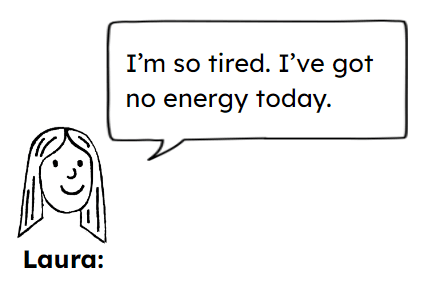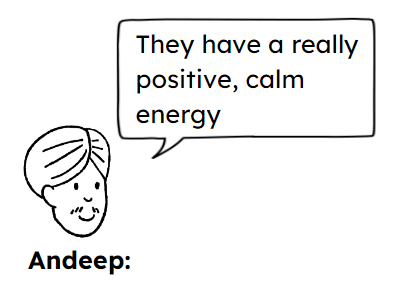Myths about teaching can hold you back
- Year 7
Energy
I can identify different energy stores that objects have and explain why they have each energy store.
- Year 7
Energy
I can identify different energy stores that objects have and explain why they have each energy store.
These resources were made for remote use during the pandemic, not classroom teaching.
Switch to our new teaching resources now - designed by teachers and leading subject experts, and tested in classrooms.
Lesson details
Key learning points
- Objects can have energy because they are: moving, raised, hot, stretched/squashed, or contain chemicals that can react.
- When an object is said to have energy, this is really just saying the object has certain properties.
- Objects can have gravitational, thermal, elastic, chemical and kinetic stores of energy.
- Having energy means having properties that allow objects to interact, cause changes and make things happen.
Keywords
Chemical store - Objects that contain chemicals that can react, have a chemical store of energy.
Thermal store - Objects have a thermal store of energy because of their temperature.
Kinetic store - Objects that are moving have a kinetic store of energy.
Gravitational store - Objects that are raised up have a gravitational store of energy.
Elastic store - Objects that are stretched or squashed have an elastic store of energy.
Common misconception
Energy is some sort of physical substance that objects have.
Energy is just a label for having certain properties. The properties are what allow objects to interact / cause change / make things happen.
To help you plan your year 7 science lesson on: Energy, download all teaching resources for free and adapt to suit your pupils' needs...
To help you plan your year 7 science lesson on: Energy, download all teaching resources for free and adapt to suit your pupils' needs.
The starter quiz will activate and check your pupils' prior knowledge, with versions available both with and without answers in PDF format.
We use learning cycles to break down learning into key concepts or ideas linked to the learning outcome. Each learning cycle features explanations with checks for understanding and practice tasks with feedback. All of this is found in our slide decks, ready for you to download and edit. The practice tasks are also available as printable worksheets and some lessons have additional materials with extra material you might need for teaching the lesson.
The assessment exit quiz will test your pupils' understanding of the key learning points.
Our video is a tool for planning, showing how other teachers might teach the lesson, offering helpful tips, modelled explanations and inspiration for your own delivery in the classroom. Plus, you can set it as homework or revision for pupils and keep their learning on track by sharing an online pupil version of this lesson.
Explore more key stage 3 science lessons from the Forces unit, dive into the full secondary science curriculum, or learn more about lesson planning.

Licence
Prior knowledge starter quiz
6 Questions
Q1.The word 'energy' has a scientific meaning, but also has non-scientific meanings in everyday life. Which pupil is using the word energy with it's proper scientific meaning?



Q2.Which of these do you think have energy?
Q3.Which do you think has more energy?
Q4.Which do you think would have more energy?
Q5.Which do you think has most energy due to its movement?
Q6.Starting with the least energy, sort these food items into order of increasing energy content.
Assessment exit quiz
6 Questions
Q1.Which statement best describes energy?
Q2.Which of the below properties mean an object has energy?
Q3.When an object has energy, we say it has a of energy.
Q4.Match each reason an object can have energy to the correct name of each energy store.
objects that are raised up
objects that have a temperature
objects that are stretched or squashed
objects that contain chemicals that can react
objects that are moving


